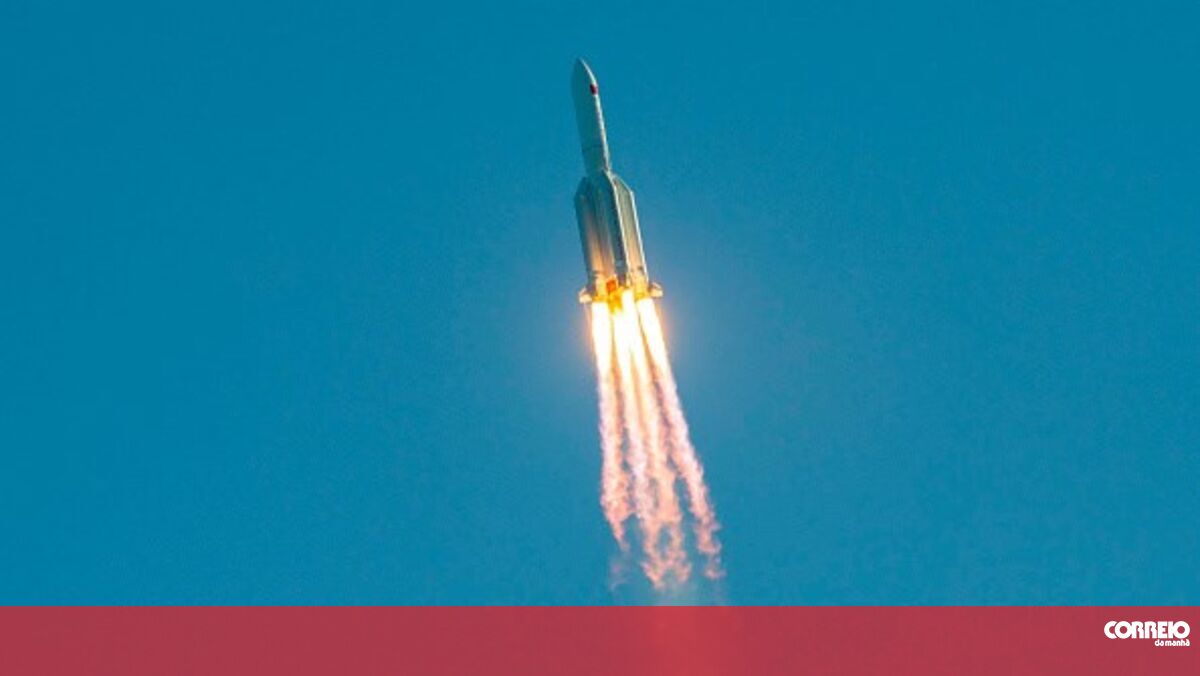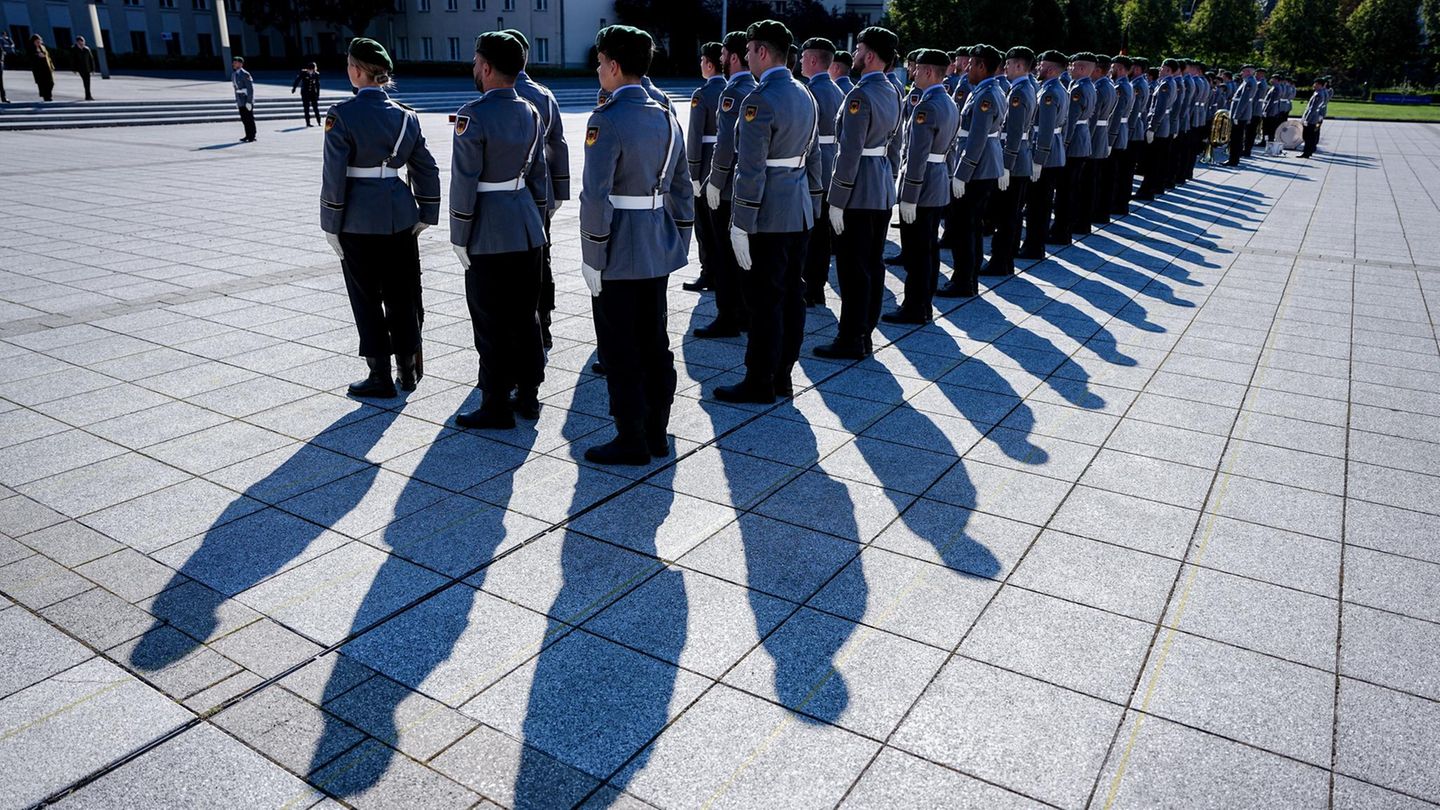The SLS rocket, which will take astronauts to the moon again, arrived at the launch pad this Wednesday for its first uncrewed test flight, scheduled for August 29.
A new US space agency (NASA) rocket rolled out of its hangar Tuesday night, drawing crowds of workers at the Kennedy Space Center in Cape Canaveral, Florida.
The 98-meter-high craft took almost 10 hours to cover the short six-kilometer path to the launch pad.
This was the third flight of the rocket to the launch pad.
An April countdown test was marred by a fuel leak and other hardware problems, forcing NASA to send the rocket back to the hangar for repairs. The test was repeated in June on the platform with the best results.
NASA plans to launch on August 29, after successive delays over the years, the SLS during the first test flight of the Artemis lunar program.
The rocket will be followed by the Orion spacecraft carrying three mannequins (which mimic astronauts) equipped with sensors that will measure exposure to radiation and vibration.
The spacecraft will fly around the Moon in deep orbit for several weeks before returning to Earth and docking in the Pacific Ocean. The Artemis I mission is expected to last a month and a half.
After this mission, NASA expects to put astronauts into orbit around the Moon (Artemis II) in 2024 and on its surface (Artemis III) in 2025.
The US space agency wants to celebrate the return of a man to lunar soil with the first black astronaut and the first woman astronaut.
Only American astronauts, 12 in all, walked on the lunar surface between 1969 and 1972 as part of the Apollo program.
Although smaller than the Saturn V rocket from the Apollo program, the SLS is more powerful.
Author: Lusa
Source: CM Jornal
Jane Stock is a technology author, who has written for 24 Hours World. She writes about the latest in technology news and trends, and is always on the lookout for new and innovative ways to improve his audience’s experience.




